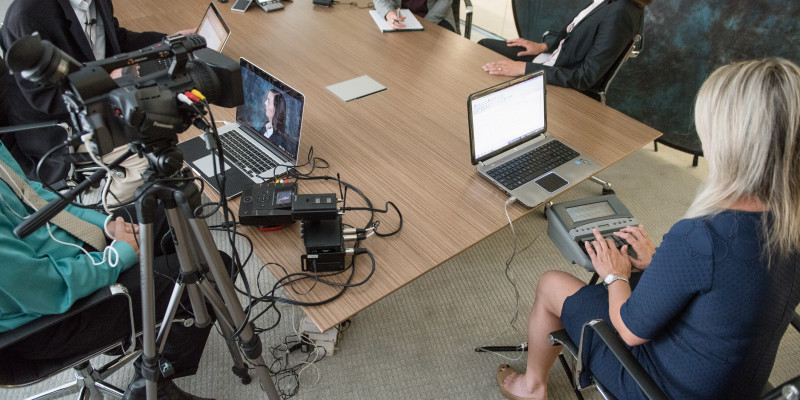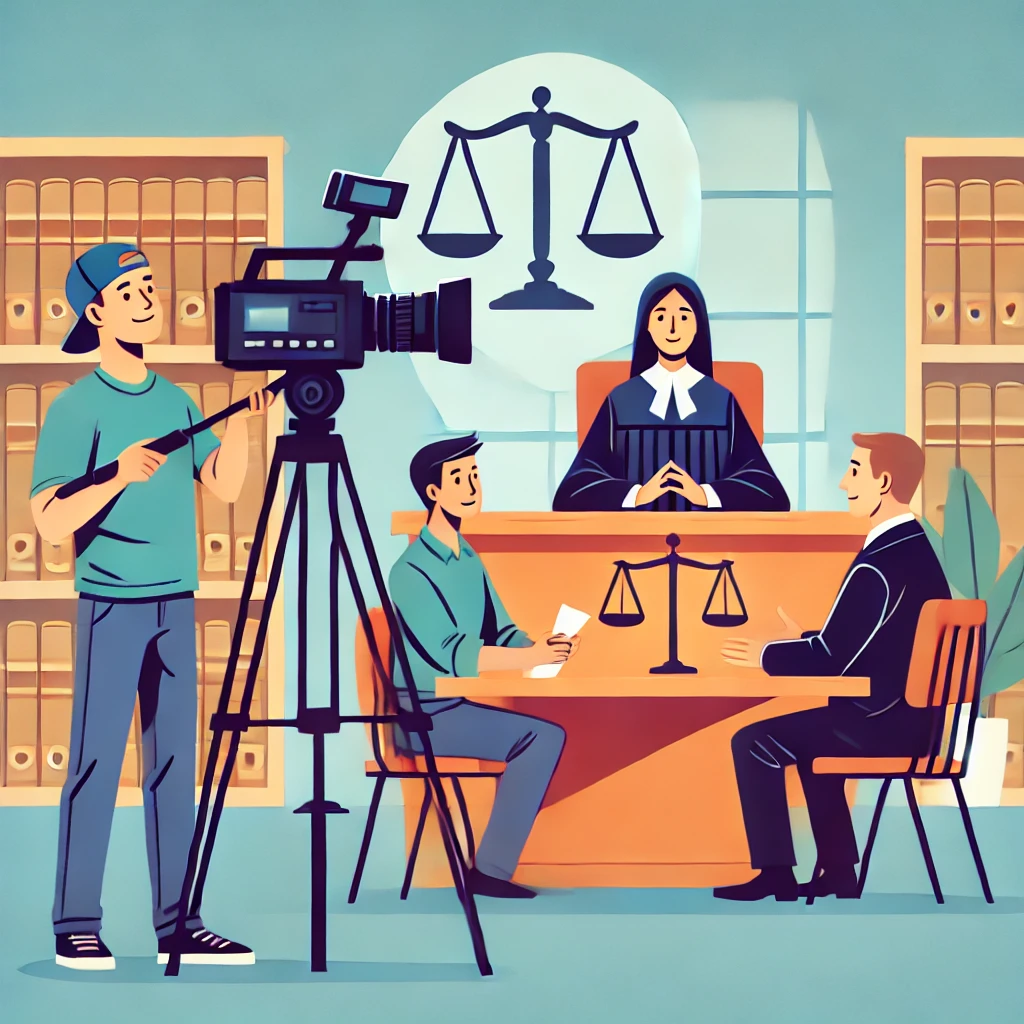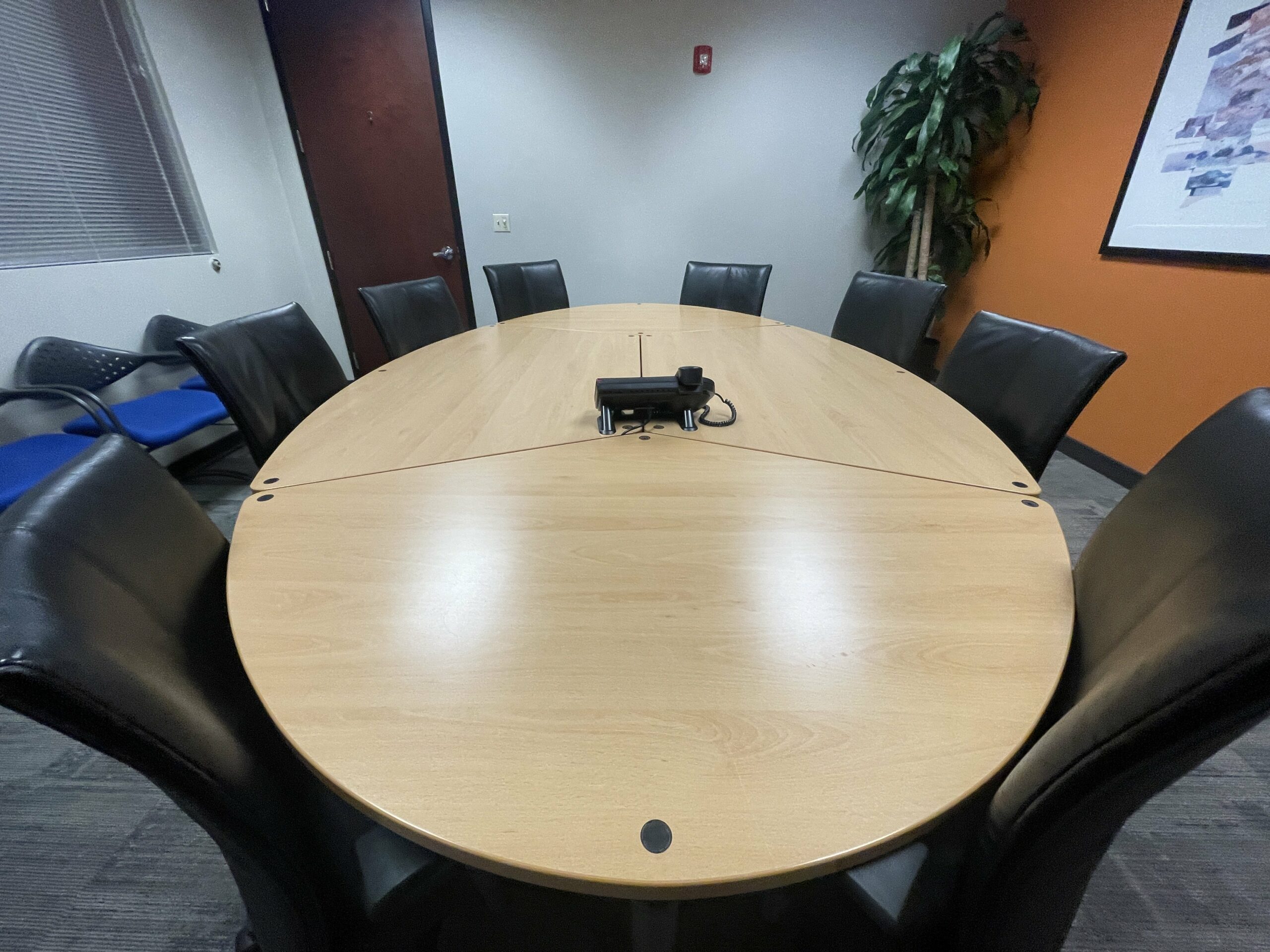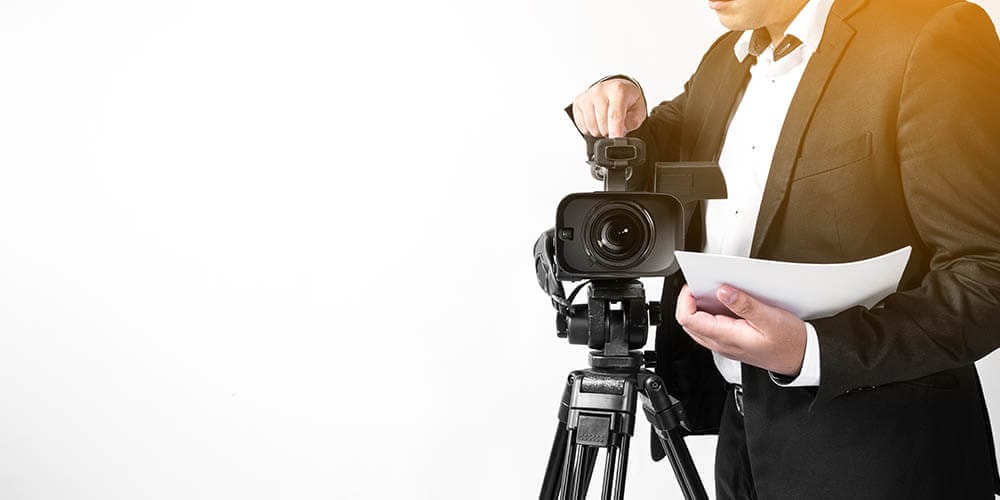The Function of Lawful Videography in Depositions and Tests
Legal videography has emerged as a vital tool in both depositions and trials, supplying a diverse method to recording witness testimonies. As legal specialists increasingly identify its value, it triggers a deeper assessment of how these aesthetic records can affect juror perceptions and trial results.
Relevance of Legal Videography
Legal videography plays a critical role in the documents and presentation of depositions and tests. This customized area incorporates technological skills with lawful expertise to produce a trusted record of process that can considerably affect situation outcomes. The visual facet of legal videography enhances the understanding of witness statement, permitting jurors and judges to observe not just the spoken words however likewise the behavior, feelings, and body language of the witnesses.

The value of lawful videography extends past the court room; it additionally plays a vital duty in maintaining proof for future referral, whether for allures or additional lawful activity. Thus, its combination into the lawful process is necessary for ensuring a fair and precise depiction of the truths, inevitably adding to the search of justice.

Refine of Legal Videography
While capturing the subtleties of depositions and tests, the procedure of lawful videography includes a number of vital steps that ensure top quality, exact recordings. An expert legal videographer prepares by examining the instance materials and understanding the details requirements of the deposition or test. This prep work consists of acquainting themselves with the participants and the context, which helps in recording essential details.
On the day of the recording, the videographer establishes up the necessary equipment, which generally includes high-def video cameras, microphones, and correct lighting. Guaranteeing optimum angles and sound top quality is essential, as it directly influences the efficiency of the recording. The videographer interacts with lawyers and participants to establish protocols, making certain that everybody recognizes the recording process.
Throughout the deposition or trial, the videographer carefully tapes the process, paying attention to both spoken and non-verbal signs. legal videography. This consists of catching the behavior and responses of witnesses and lawyers. After the session ends, the videographer may modify the video for quality and compliance with lawful criteria, generating an end product that accurately mirrors the process for future recommendation and usage in lawful contexts
Benefits in Depositions
The incorporation of videography in depositions provides many advantages that enhance the general procedure of collecting evidence. One primary advantage is the i was reading this capacity to catch witness statements look here with visual and acoustic integrity, supplying an extra accurate depiction of the witness's temperament, tone, and body language. This multidimensional approach permits lawyers and juries to evaluate reliability more properly than traditional written records alone.
In addition, videographed depositions function as a powerful tool for preserving testimony. Must a witness become inaccessible for test, their taped deposition can be played in court, guaranteeing that their evidence remains obtainable and relevant. This aspect dramatically minimizes the danger of shedding important details that could affect case end results.
Furthermore, the use of legal videography advertises much better prep work for lawyers. Reviewing video footage enables legal teams to assess and improve their strategies, recognizing staminas and weaknesses in their instances. This preparatory advantage can result in more compelling presentations in court.
Lastly, videography enhances the overall professionalism of the deposition process, instilling self-confidence in customers regarding the thoroughness of their legal representation. By leveraging innovation, lawful professionals can considerably boost the performance of depositions.
Effect On Trials
In lots of trials, the combination of videography can considerably influence the discussion of evidence and the jury's assumption. Legal videography records witness testaments and vital evidence in a vibrant style, enabling jurors to involve with the material on numerous degrees. This aesthetic element boosts the storytelling element of a trial, providing context and psychological resonance that traditional text-based proof may do not have.
Additionally, video recordings can serve as effective devices for impeachment throughout cross-examination. When discrepancies develop between a witness's prior statements and their court room testimony, video proof gives an unbiased reference that can guide jurors' point of views. This immediacy and clarity can strengthen the integrity of a celebration's story while at the same time threatening opposing arguments.
In addition, using videography can aid improve intricate details, making it a lot more available to jurors that may battle to understand intricate information presented entirely through spoken testimony. By integrating visuals with acoustic info, legal videography can enhance retention and understanding, ultimately affecting the court's decision-making process. The effect of videography in tests prolongs beyond simple aesthetic appeals; it plays a critical role visit homepage in forming the lawful landscape and outcomes.
Future Trends in Legal Videography
As we look towards the future of lawful videography, numerous emerging patterns guarantee to improve its function within the courtroom. One significant fad is the combination of synthetic intelligence (AI) in video clip evaluation and editing - legal videography. AI can enhance the procedure of identifying crucial moments in taped depositions, enabling lawyers to quickly access relevant material, consequently boosting performance in instance prep work
Furthermore, the surge of digital truth (VR) and augmented truth (AR) technologies is anticipated to transform just how jurors experience evidence. By submersing jurors in a simulated environment, these modern technologies can offer a more extensive understanding of intricate scenarios, leading to even more informed deliberations.

Moreover, the enhancing demand for remote depositions, sped up by the COVID-19 pandemic, will likely proceed. Legal videographers will require to adjust to new software and systems to guarantee top quality recordings in digital settings.
Lastly, the growing emphasis on information safety will certainly necessitate stricter procedures for saving and sharing video clip evidence. As the legal landscape progresses, lawful videographers need to remain abreast of these trends to preserve their relevance and performance in the judicial process.

Conclusion
In recap, lawful videography offers an essential function in the judicial process, improving the stability of depositions and tests. As innovation continues to progress, lawful videography is poised to further transform its duty within the lawful landscape.